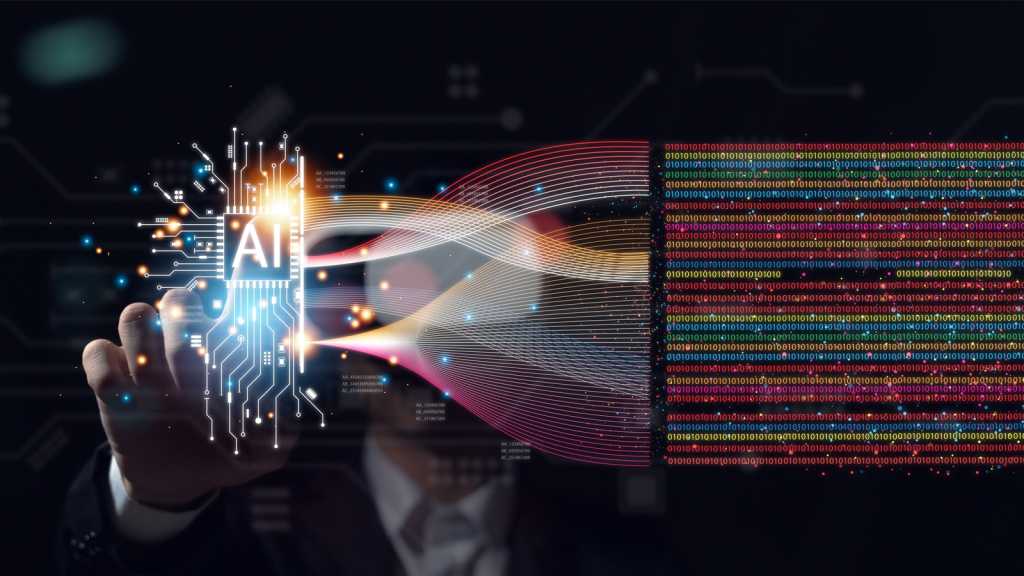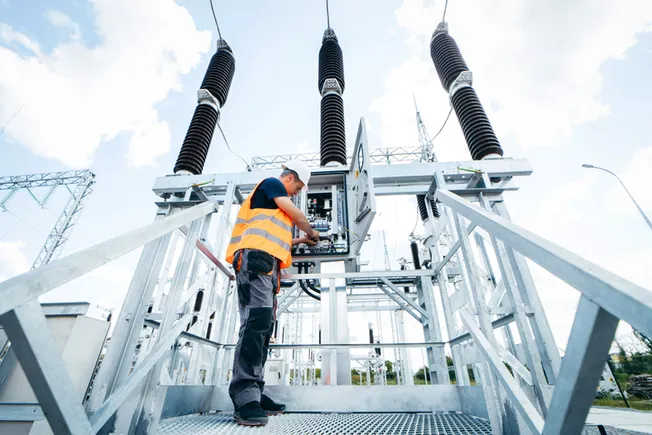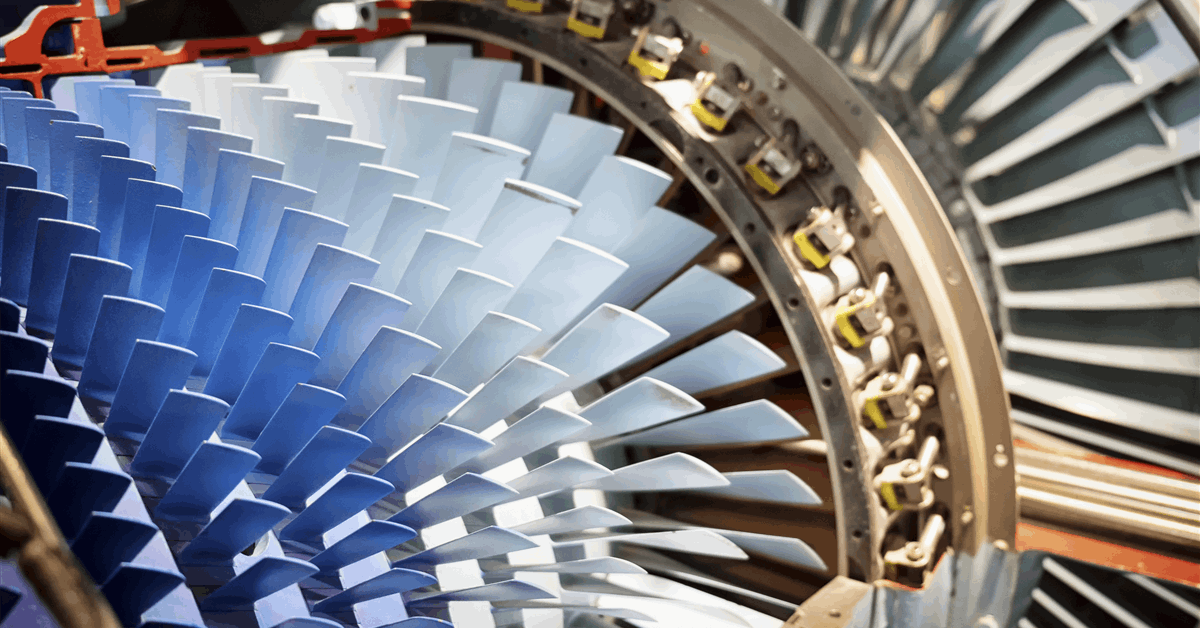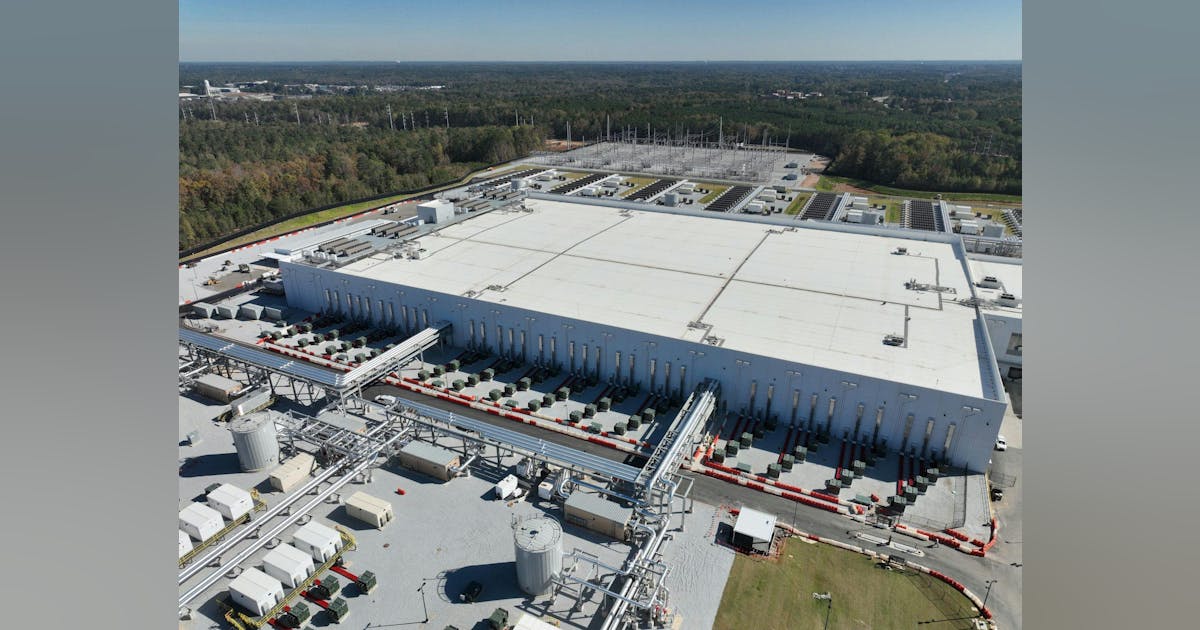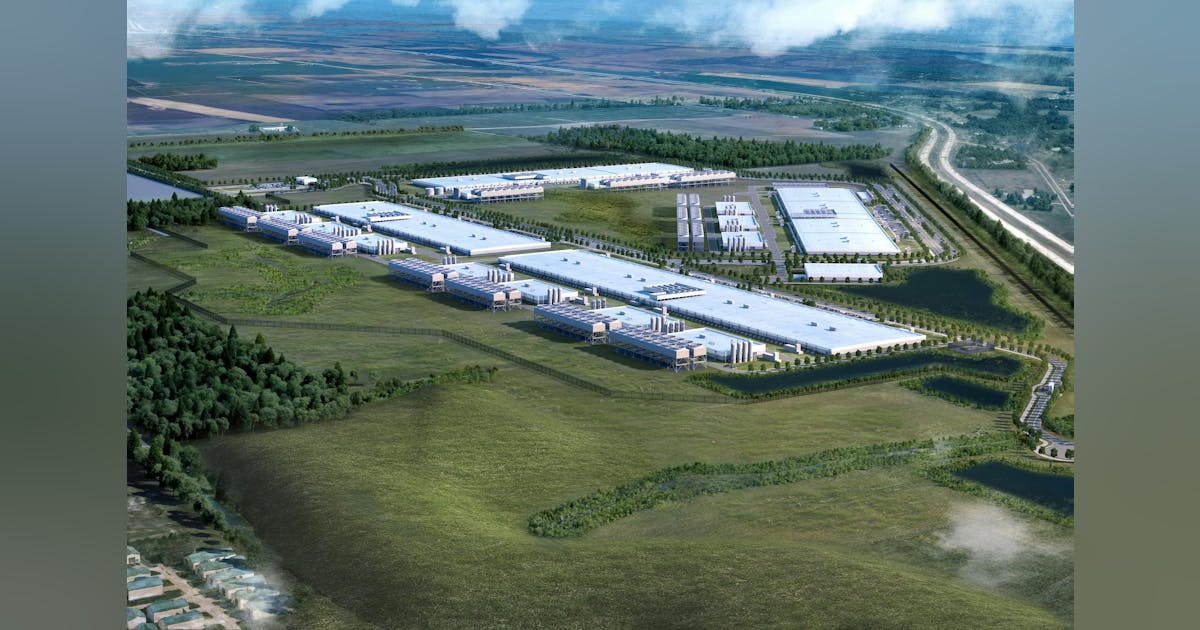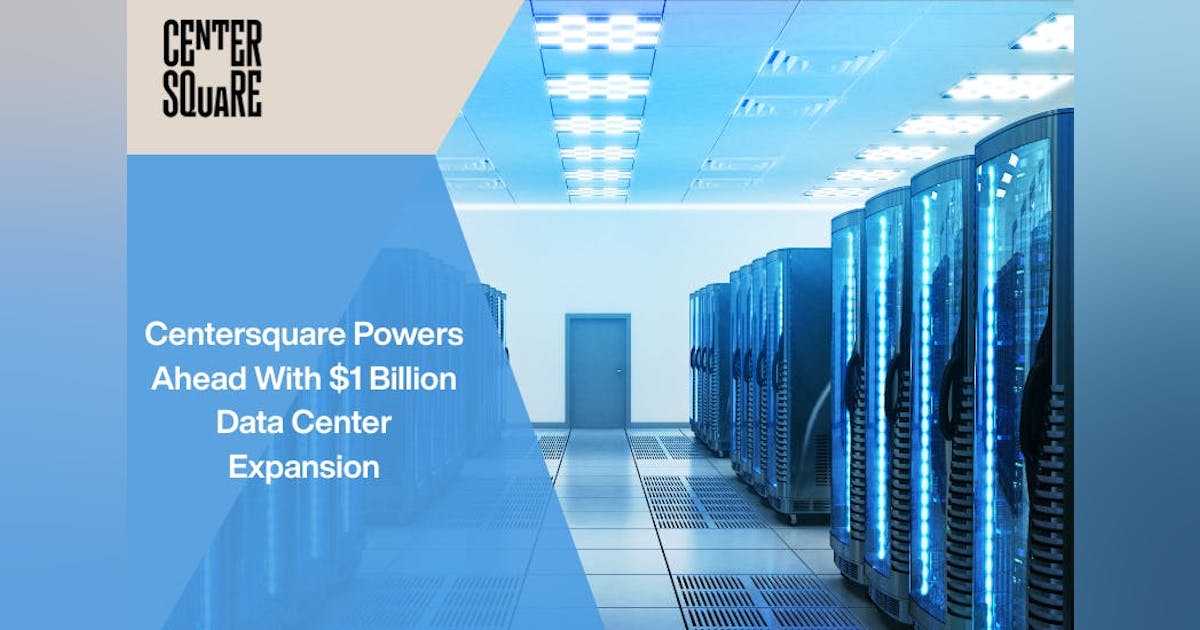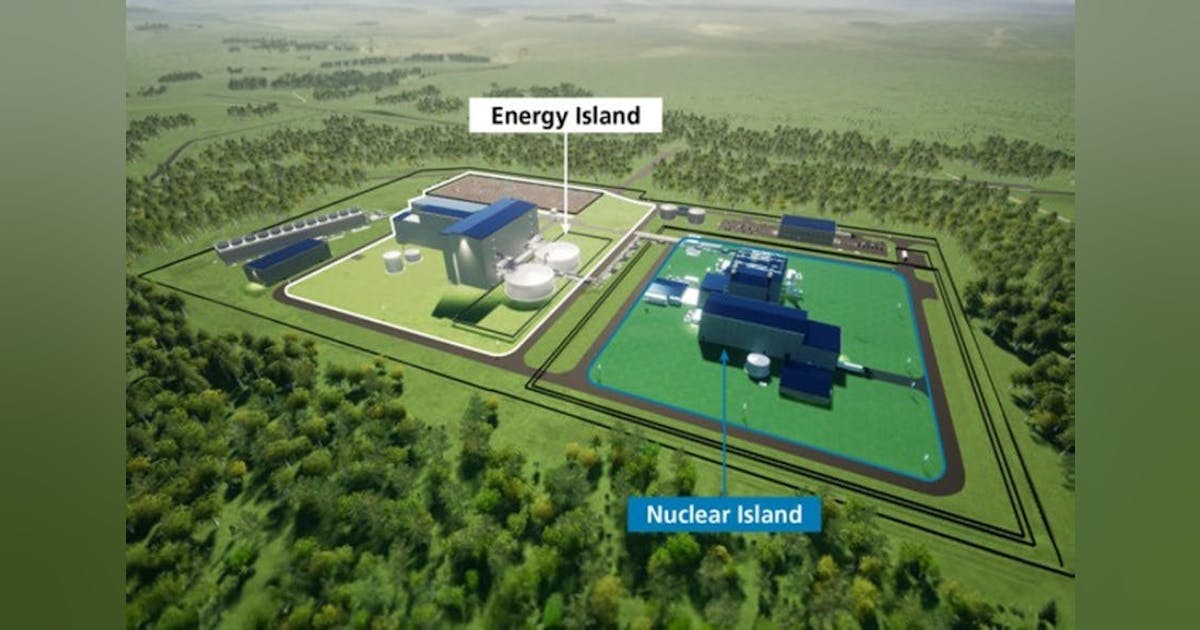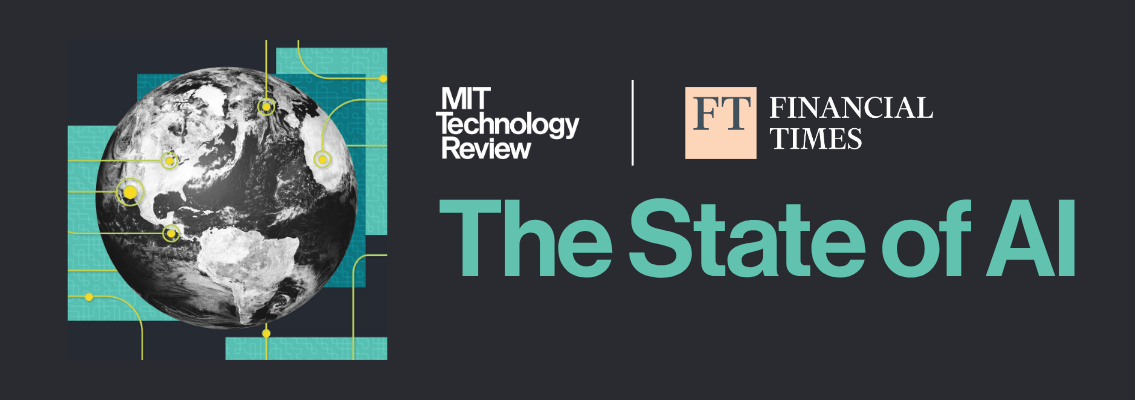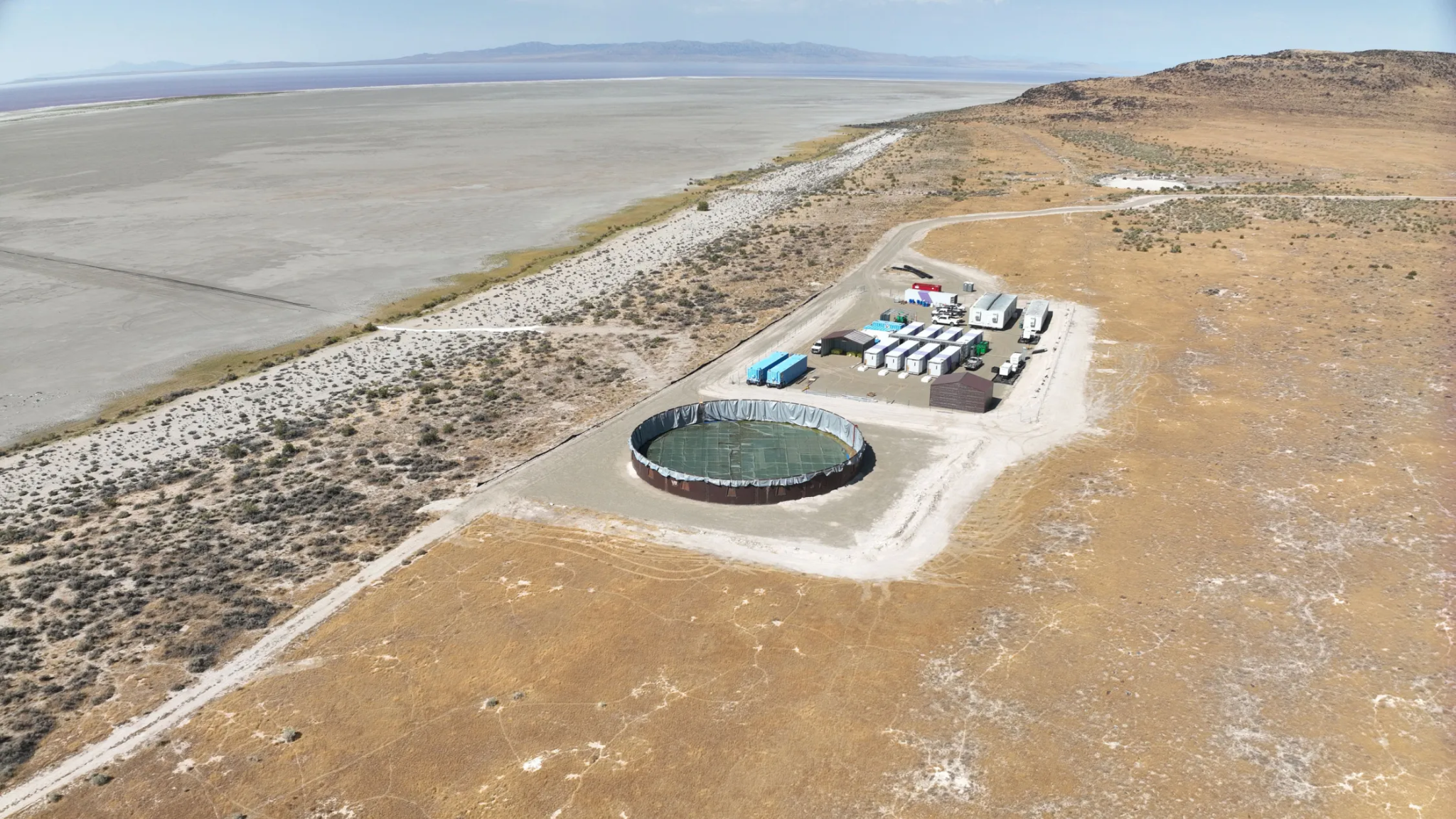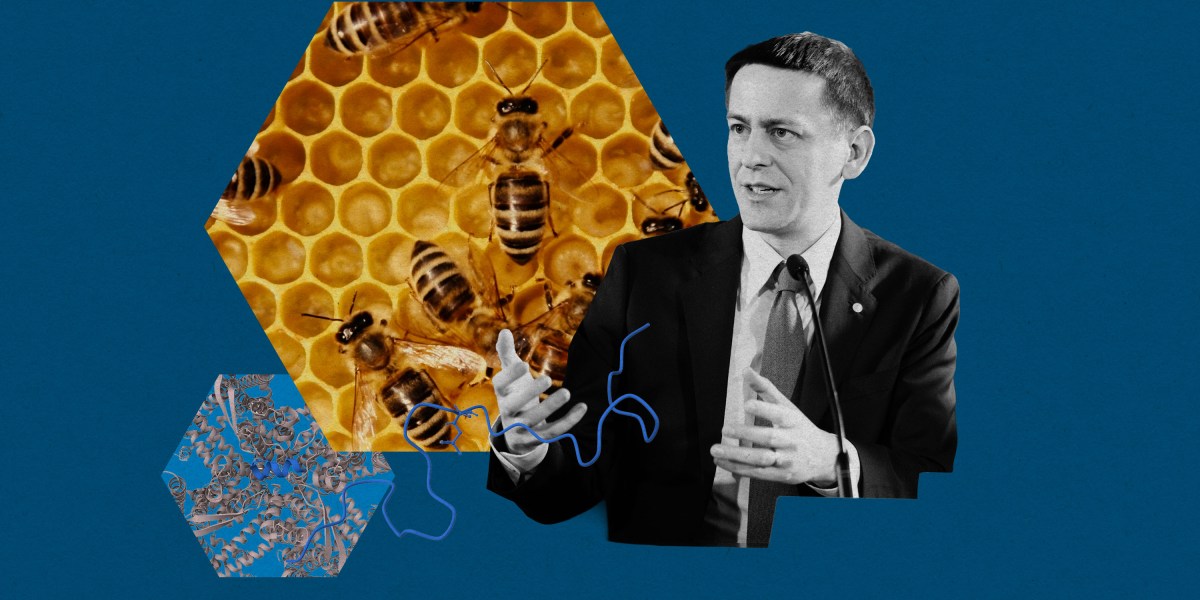
In 2017, fresh off a PhD on theoretical chemistry, John Jumper heard rumors that Google DeepMind had moved on from building AI that played games with superhuman skill and was starting up a secret project to predict the structures of proteins. He applied for a job.
Just three years later, Jumper celebrated a stunning win that few had seen coming. With CEO Demis Hassabis, he had co-led the development of an AI system called AlphaFold 2 that was able to predict the structures of proteins to within the width of an atom, matching the accuracy of painstaking techniques used in the lab, and doing it many times faster—returning results in hours instead of months.
AlphaFold 2 had cracked a 50-year-old grand challenge in biology. “This is the reason I started DeepMind,” Hassabis told me a few years ago. “In fact, it’s why I’ve worked my whole career in AI.” In 2024, Jumper and Hassabis shared a Nobel Prize in chemistry.
It was five years ago this week that AlphaFold 2’s debut took scientists by surprise. Now that the hype has died down, what impact has AlphaFold really had? How are scientists using it? And what’s next? I talked to Jumper (as well as a few other scientists) to find out.
“It’s been an extraordinary five years,” Jumper says, laughing: “It’s hard to remember a time before I knew tremendous numbers of journalists.”
AlphaFold 2 was followed by AlphaFold Multimer, which could predict structures that contained more than one protein, and then AlphaFold 3, the fastest version yet. Google DeepMind also let AlphaFold loose on UniProt, a vast protein database used and updated by millions of researchers around the world. It has now predicted the structures of some 200 million proteins, almost all that are known to science.
Despite his success, Jumper remains modest about AlphaFold’s achievements. “That doesn’t mean that we’re certain of everything in there,” he says. “It’s a database of predictions, and it comes with all the caveats of predictions.”
A hard problem
Proteins are the biological machines that make living things work. They form muscles, horns, and feathers; they carry oxygen around the body and ferry messages between cells; they fire neurons, digest food, power the immune system; and so much more. But understanding exactly what a protein does (and what role it might play in various diseases or treatments) involves figuring out its structure—and that’s hard.
Proteins are made from strings of amino acids that chemical forces twist up into complex knots. An untwisted string gives few clues about the structure it will form. In theory, most proteins could take on an astronomical number of possible shapes. The task is to predict the correct one.
Jumper and his team built AlphaFold 2 using a type of neural network called a transformer, the same technology that underpins large language models. Transformers are very good at paying attention to specific parts of a larger puzzle.
But Jumper puts a lot of the success down to making a prototype model that they could test quickly. “We got a system that would give wrong answers at incredible speed,” he says. “That made it easy to start becoming very adventurous with the ideas you try.”
They stuffed the neural network with as much information about protein structures as they could, such as how proteins across certain species have evolved similar shapes. And it worked even better than they expected. “We were sure we had made a breakthrough,” says Jumper. “We were sure that this was an incredible advance in ideas.”
What he hadn’t foreseen was that researchers would download his software and start using it straight away for so many different things. Normally, it’s the thing a few iterations down the line that has the real impact, once the kinks have been ironed out, he says: “I’ve been shocked at how responsibly scientists have used it, in terms of interpreting it, and using it in practice about as much as it should be trusted in my view, neither too much nor too little.”
Any projects stand out in particular?
Honeybee science
Jumper brings up a research group that uses AlphaFold to study disease resistance in honeybees. “They wanted to understand this particular protein as they look at things like colony collapse,” he says. “I never would have said, ‘You know, of course AlphaFold will be used for honeybee science.’”
He also highlights a few examples of what he calls off-label uses of AlphaFold“in the sense that it wasn’t guaranteed to work”—where the ability to predict protein structures has opened up new research techniques. “The first is very obviously the advances in protein design,” he says. “David Baker and others have absolutely run with this technology.”
Baker, a computational biologist at the University of Washington, was a co-winner of last year’s chemistry Nobel, alongside Jumper and Hassabis, for his work on creating synthetic proteins to perform specific tasks—such as treating disease or breaking down plastics—better than natural proteins can.
Baker and his colleagues have developed their own tool based on AlphaFold, called RoseTTAFold. But they have also experimented with AlphaFold Multimer to predict which of their designs for potential synthetic proteins will work.
“Basically, if AlphaFold confidently agrees with the structure you were trying to design [and] then you make it and if AlphaFold says ‘I don’t know,’ you don’t make it. That alone was an enormous improvement.” It can make the design process 10 times faster, says Jumper.
Another off-label use that Jumper highlights: Turning AlphaFold into a kind of search engine. He mentions two separate research groups that were trying to understand exactly how human sperm cells hooked up with eggs during fertilization. They knew one of the proteins involved but not the other, he says: “And so they took a known egg protein and ran all 2,000 human sperm surface proteins, and they found one that AlphaFold was very sure stuck against the egg.” They were then able to confirm this in the lab.
“This notion that you can use AlphaFold to do something you couldn’t do before—you would never do 2,000 structures looking for one answer,” he says. “This kind of thing I think is really extraordinary.”
Five years on
When AlphaFold 2 came out, I asked a handful of early adopters what they made of it. Reviews were good, but the technology was too new to know for sure what long-term impact it might have. I caught up with one of those people to hear his thoughts five years on.
Kliment Verba is a molecular biologist who runs a lab at the University of California, San Francisco. “It’s an incredibly useful technology, there’s no question about it,” he tells me. “We use it every day, all the time.”
But it’s far from perfect. A lot of scientists use AlphaFold to study pathogens or to develop drugs. This involves looking at interactions between multiple proteins or between proteins and even smaller molecules in the body. But AlphaFold is known to be less accurate at making predictions about multiple proteins or their interaction over time.
Verba says he and his colleagues have been using AlphaFold long enough to get used to its limitations. “There are many cases where you get a prediction and you have to kind of scratch your head,” he says. “Is this real or is this not? It’s not entirely clear—it’s sort of borderline.”
“It’s sort of the same thing as ChatGPT,” he adds. “You know—it will bullshit you with the same confidence as it would give a true answer.”
Still, Verba’s team uses AlphaFold (both 2 and 3, because they have different strengths, he says) to run virtual versions of their experiments before running them in the lab. Using AlphaFold’s results, they can narrow down the focus of an experiment—or decide that it’s not worth doing.
It can really save time, he says: “It hasn’t really replaced any experiments, but it’s augmented them quite a bit.”
New wave
AlphaFold was designed to be used for a range of purposes. Now multiple startups and university labs are building on its success to develop a new wave of tools more tailored to drug discovery. This year, a collaboration between MIT researchers and the AI drug company Recursion produced a model called Boltz-2, which predicts not only the structure of proteins but also how well potential drug molecules will bind to their target.
Last month, the startup Genesis Molecular AI released another structure prediction model called Pearl, which the firm claims is more accurate than AlphaFold 3 for certain queries that are important for drug development. Pearl is interactive, so that drug developers can feed any additional data they may have to the model to guide its predictions.
AlphaFold was a major leap, but there’s more to do, says Evan Feinberg, Genesis Molecular AI’s CEO: “We’re still fundamentally innovating, just with a better starting point than before.”
Genesis Molecular AI is pushing margins of error down from less than two angstroms, the de facto industry standard set by AlphaFold, to less than one angstrom—one 10-millionth of a millimeter, or the width of a single hydrogen atom.
“Small errors can be catastrophic for predicting how well a drug will actually bind to its target,” says Michael LeVine, vice president of modeling and simulation at the firm. That’s because chemical forces that interact at one angstrom can stop doing so at two. “It can go from ‘They will never interact’ to ‘They will,’” he says.
With so much activity in this space, how soon should we expect new types of drugs to hit the market? Jumper is pragmatic. Protein structure prediction is just one step of many, he says: “This was not the only problem in biology. It’s not like we were one protein structure away from curing any diseases.”
Think of it this way, he says. Finding a protein’s structure might previously have cost $100,000 in the lab: “If we were only a hundred thousand dollars away from doing a thing, it would already be done.”
At the same time, researchers are looking for ways to do as much as they can with this technology, says Jumper: “We’re trying to figure out how to make structure prediction an even bigger part of the problem, because we have a nice big hammer to hit it with.”
In other words, they want to make everything into nails? “Yeah, let’s make things into nails,” he says. “How do we make this thing that we made a million times faster a bigger part of our process?”
What’s next?
Jumper’s next act? He wants to fuse the deep but narrow power of AlphaFold with the broad sweep of LLMs.
“We have machines that can read science. They can do some scientific reasoning,” he says. “And we can build amazing, superhuman systems for protein structure prediction. How do you get these two technologies to work together?”
That makes me think of a system called AlphaEvolve, which is being built by another team at Google DeepMind. AlphaEvolve uses an LLM to generate possible solutions to a problem and a second model to check them, filtering out the trash. Researchers have already used AlphaEvolve to make a handful of practical discoveries in math and computer science.
Is that what Jumper has in mind? “I won’t say too much on methods, but I’ll be shocked if we don’t see more and more LLM impact on science,” he says. “I think that’s the exciting open question that I’ll say almost nothing about. This is all speculation, of course.”
Jumper was 39 when he won his Nobel Prize. What’s next for him?
“It worries me,” he says. “I believe I’m the youngest chemistry laureate in 75 years.”
He adds: “I’m at the midpoint of my career, roughly. I guess my approach to this is to try to do smaller things, little ideas that you keep pulling on. The next thing I announce doesn’t have to be, you know, my second shot at a Nobel. I think that’s the trap.”



